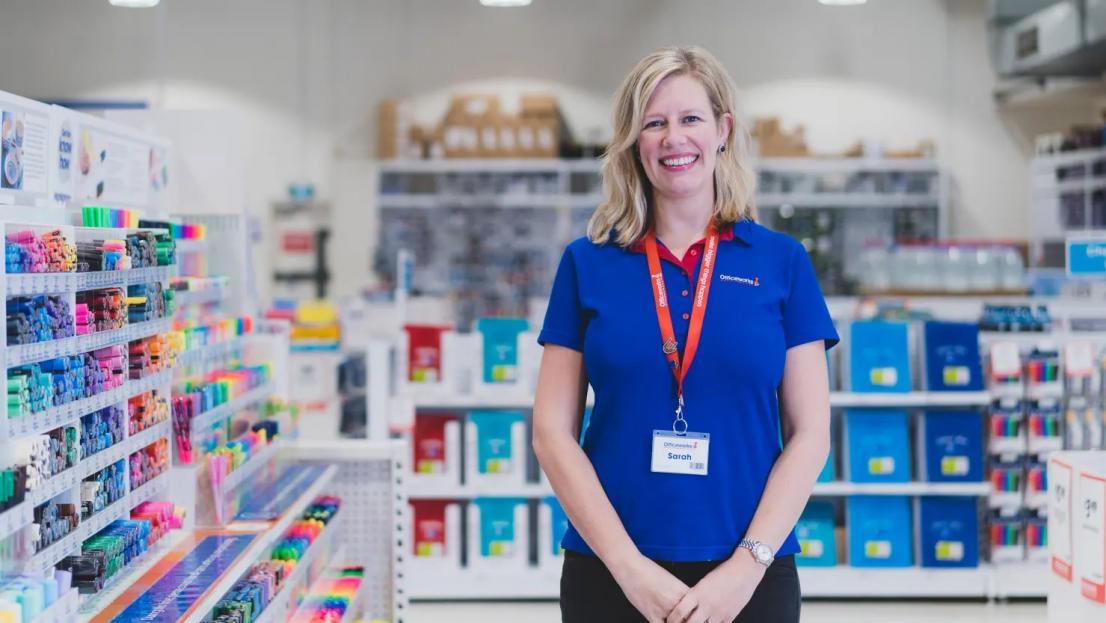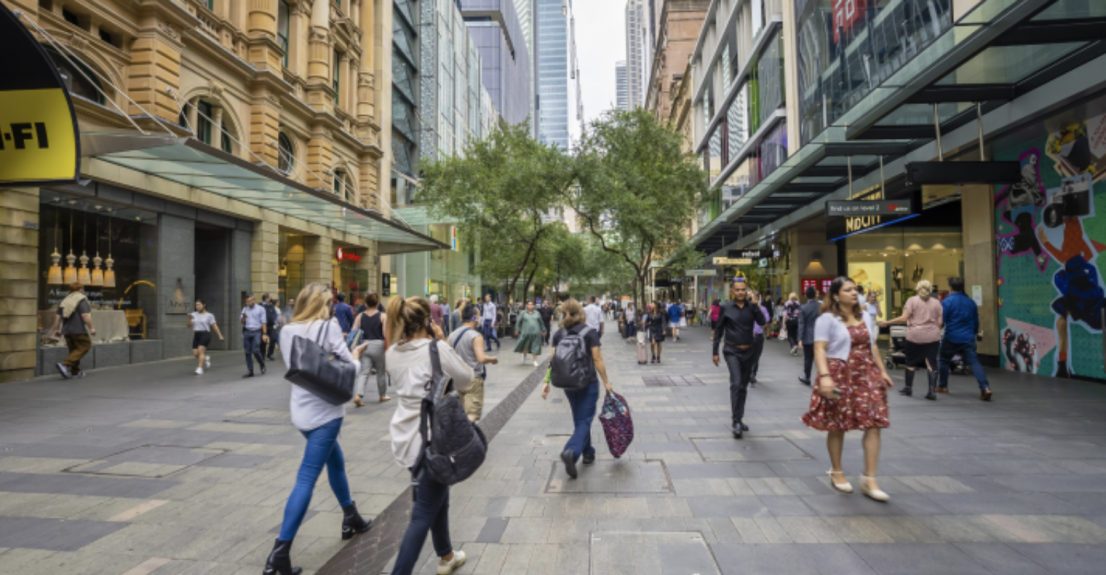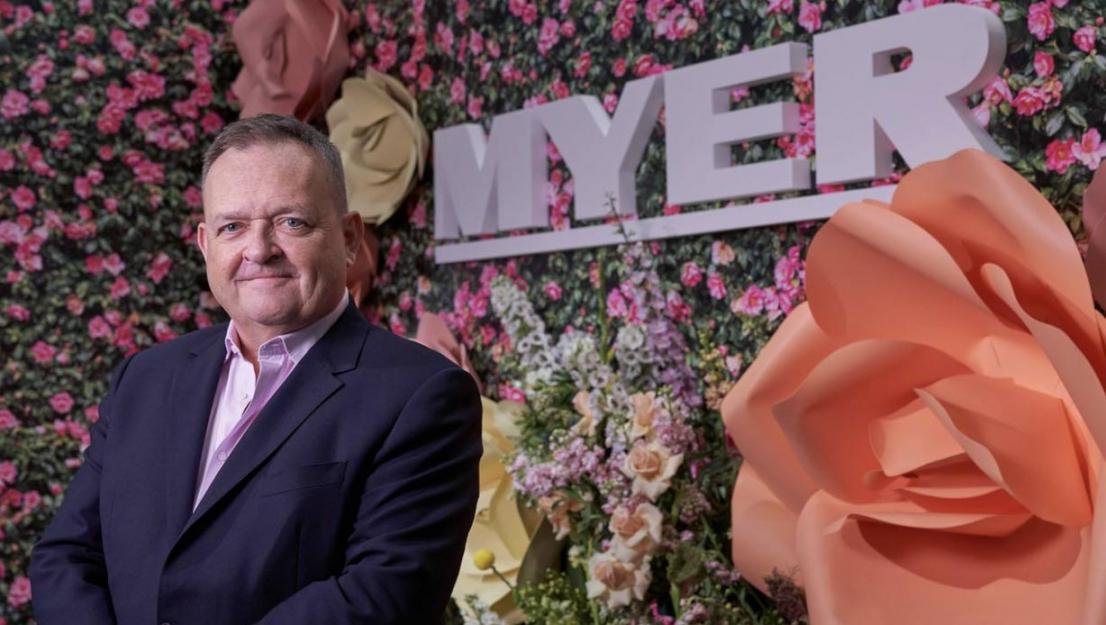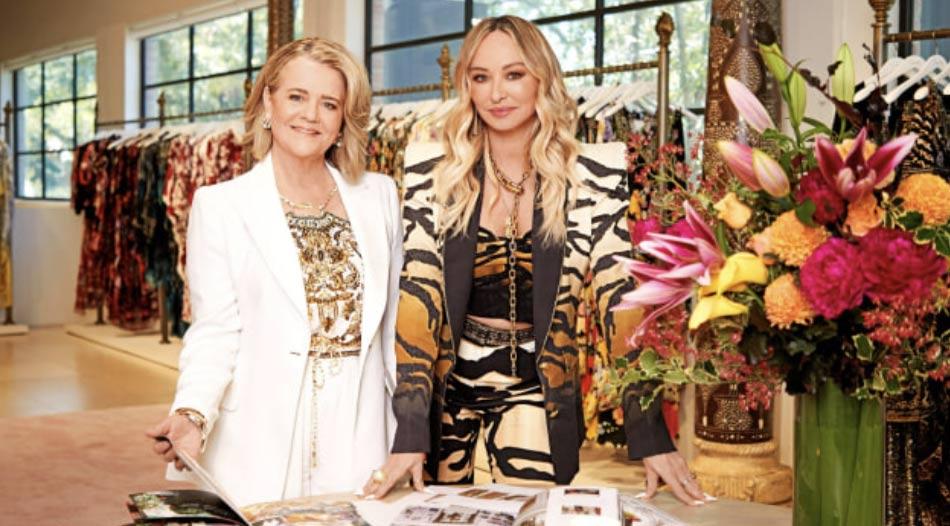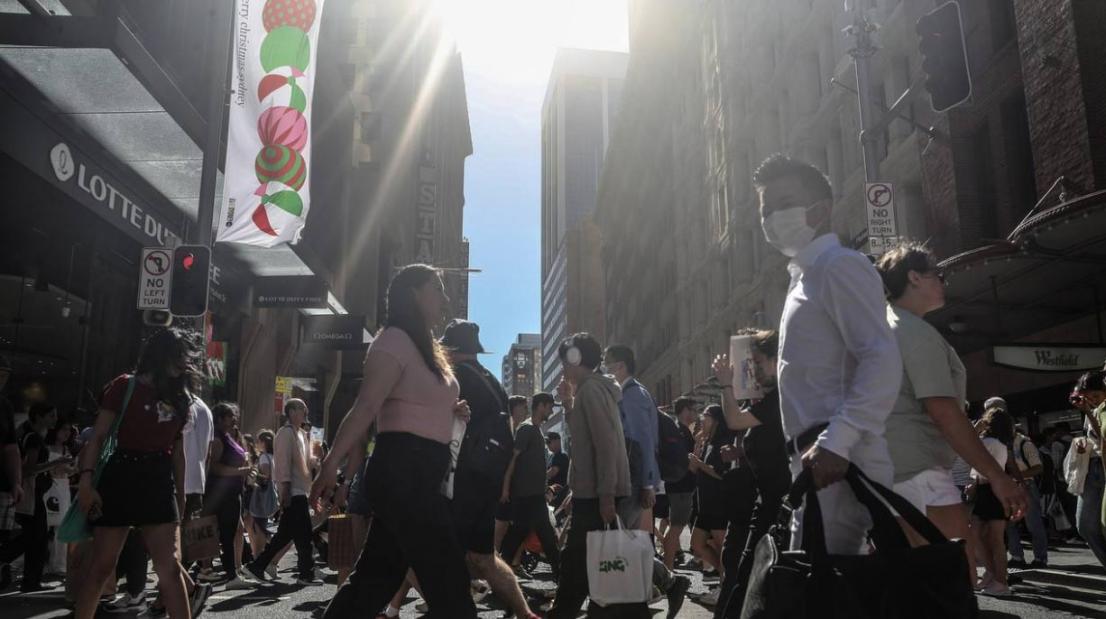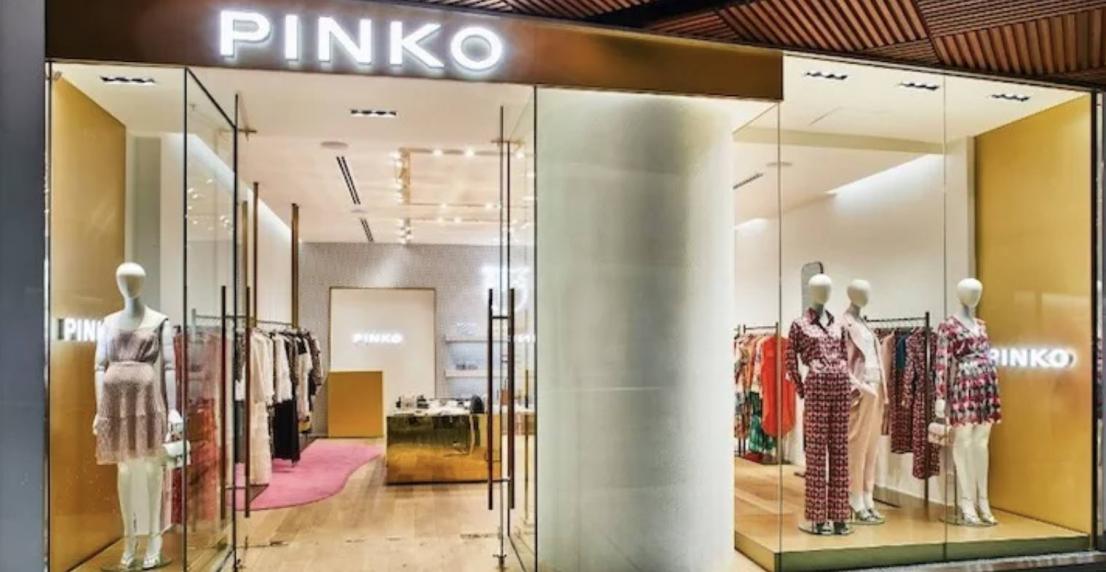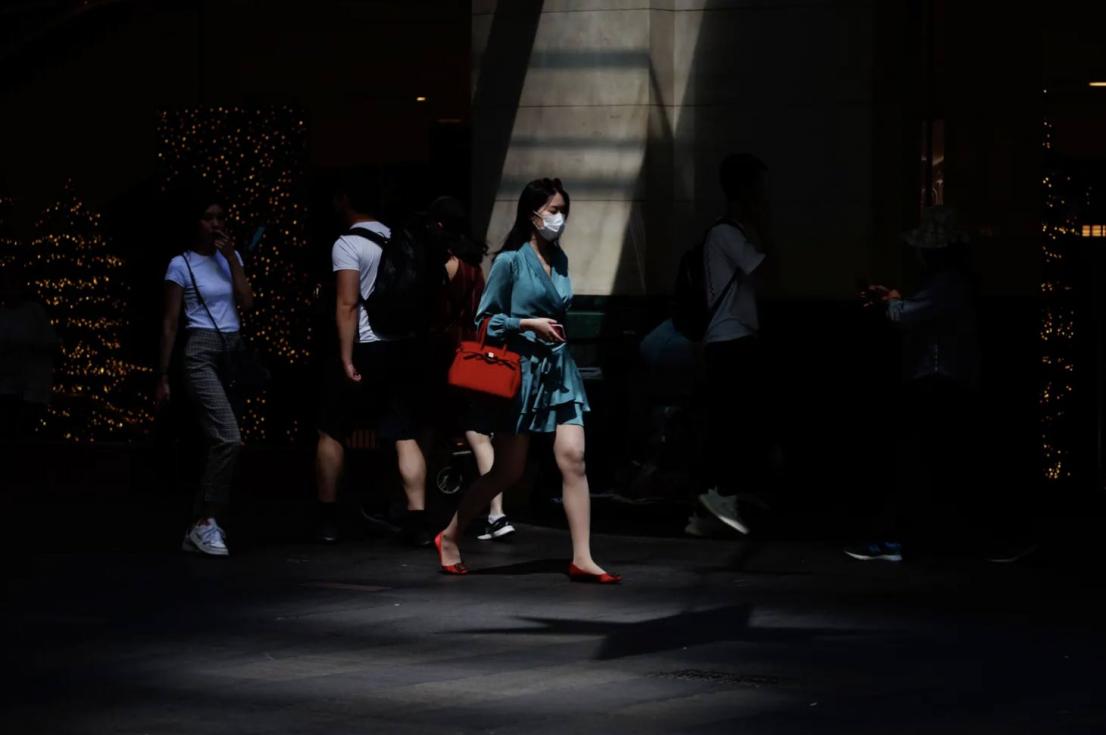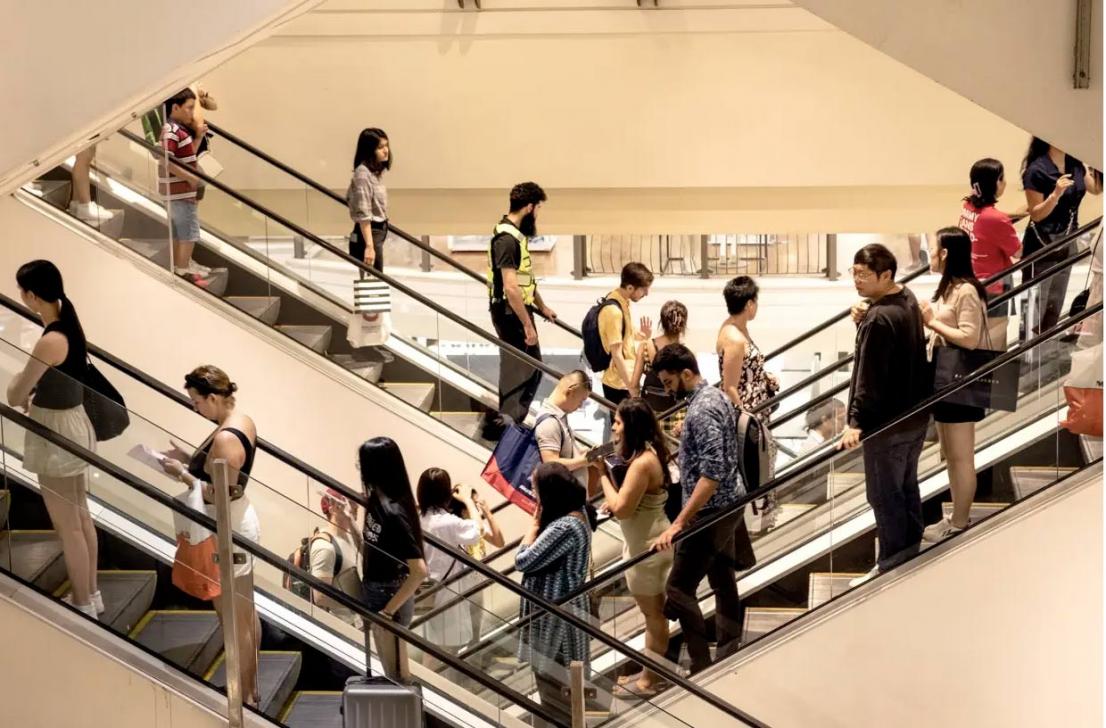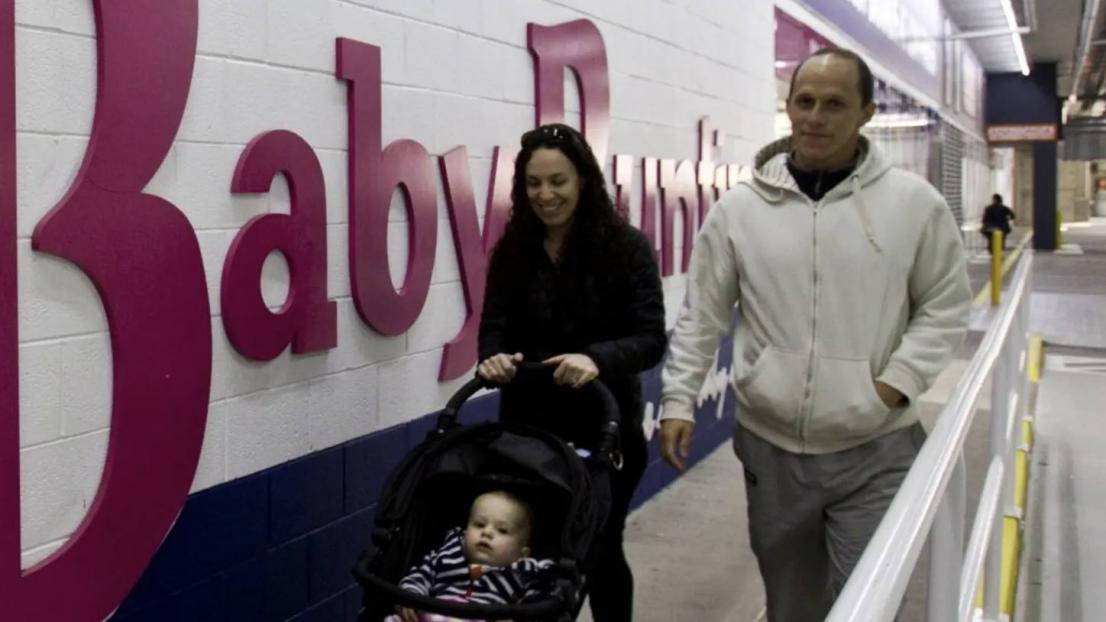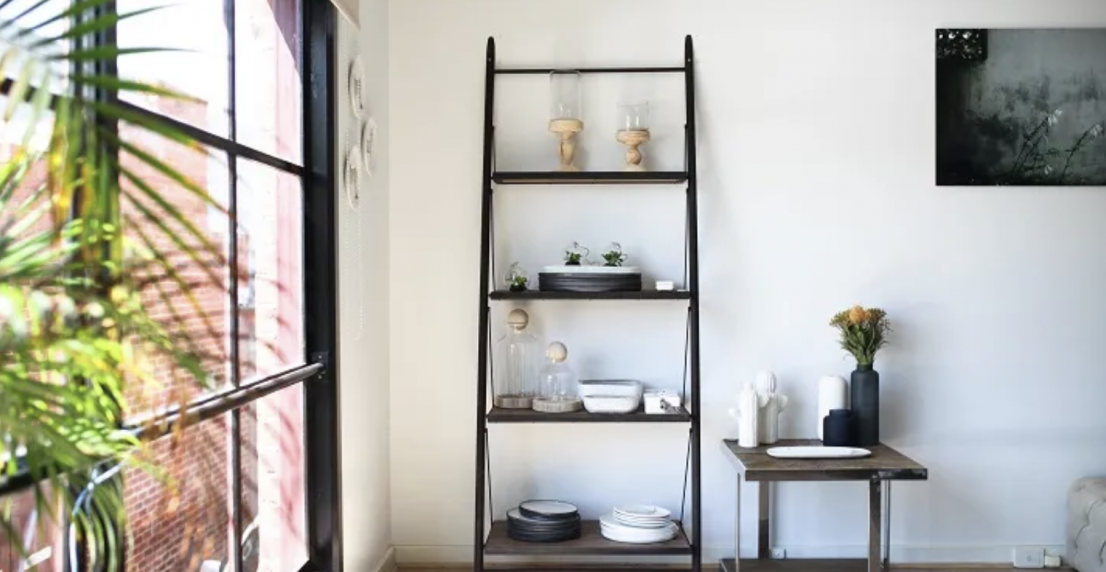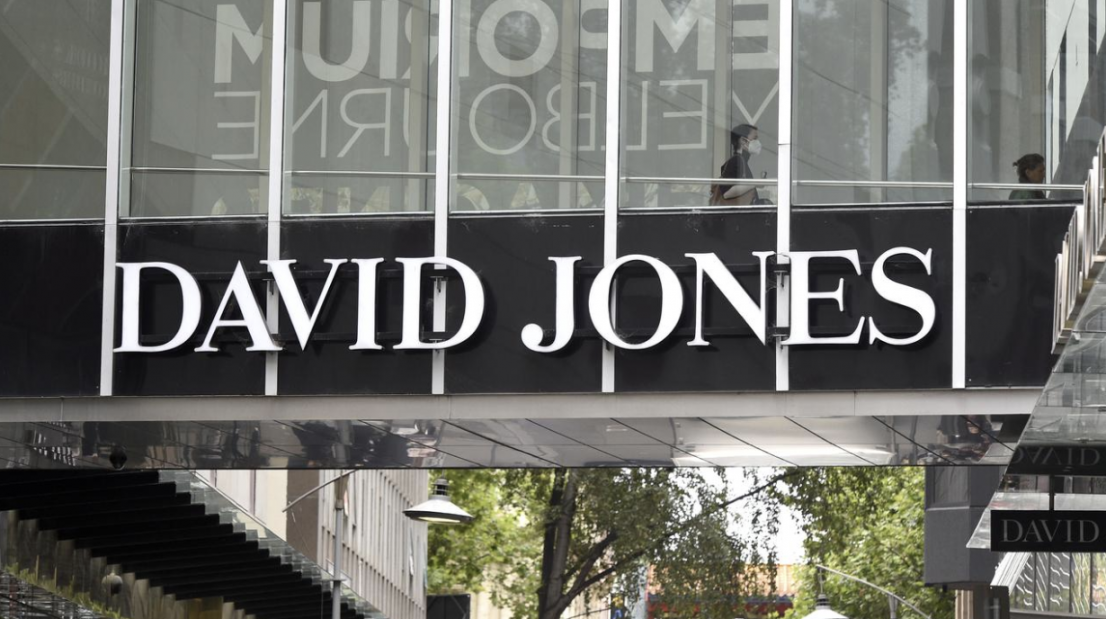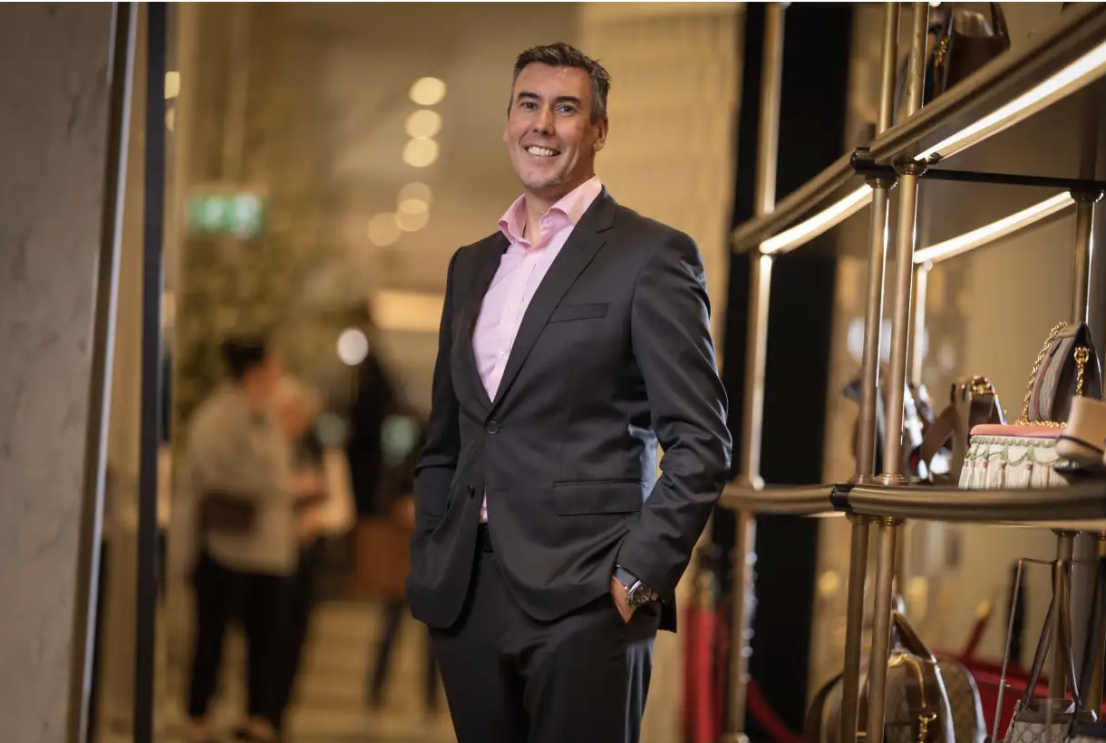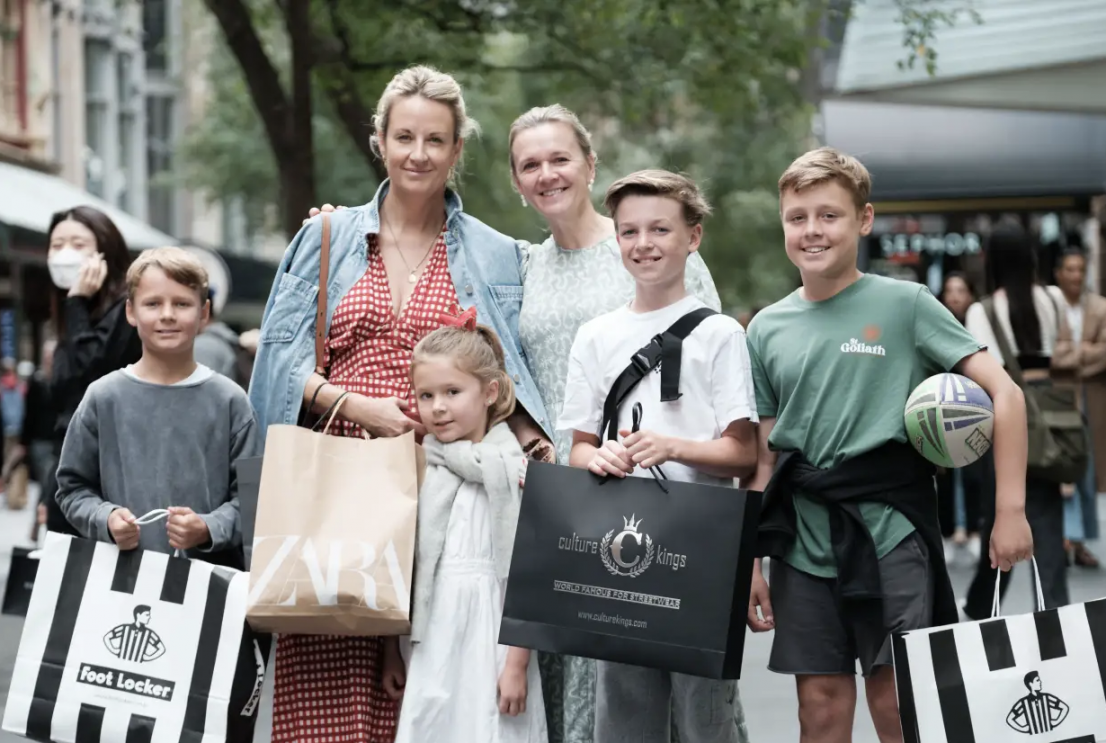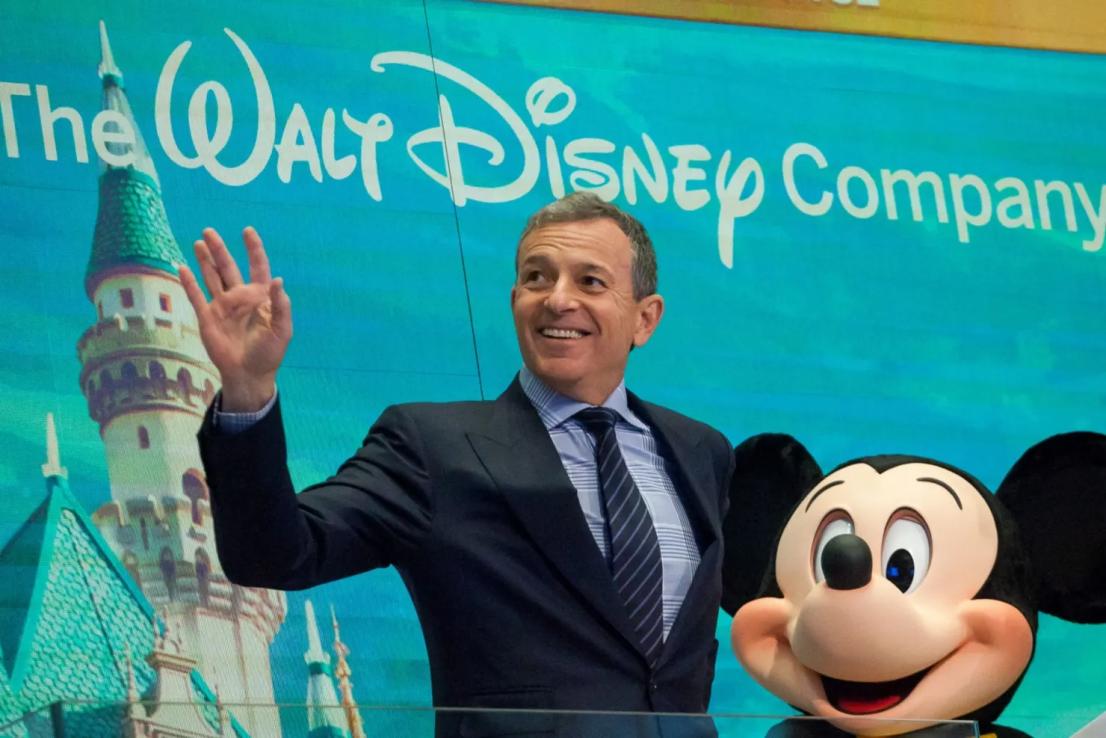
Walt Disney boss Bob Iger announced plans for a dramatic restructuring of the world’s largest entertainment company that includes cutting 7000 jobs and $US5.5 billion ($7.9 billion) in cost savings.
The reductions include lower spending on programming and $US2.5 billion in non-content related cuts. About $US1 billion of the savings are already underway, Iger said on a conference call with investors on Wednesday. The job cuts amount to about 3 per cent of Disney’s global workforce.
As part of the change, Disney’s CEO also announced that the company will be reorganised into three divisions: an entertainment unit that includes its main TV and film businesses, the ESPN sports networks, and the theme-park unit, which includes cruise ships and consumer products.
The reorganisation is intended to improve profit margins, Iger said, and represents his third major transformation of the business following efforts to beef up its film franchises through acquisitions and the development of its online business.
Iger, who returned to the lead the company in November after his successor Bob Chapek was fired, has been under pressure to improve results. Activist investor Nelson Peltz is seeking a board seat at the April 3 annual meeting, arguing in part that Disney shares have underperformed and the company needs better cost controls.
Earlier on Wednesday, Disney announced upbeat financial results, led by big gains at its theme parks.
Profit came to 99 US cents a share in the period ended December. 31, Disney said, above the 74-US-cent average of analysts’ estimates. Revenue grew 7.8 per cent to $US23.5 billion, slightly above projections.
Subscribers to the Disney+ streaming business declined 1 per cent in the quarter to 161.8 million, the first such decline, amid cancellations of the Hotstar service in India after Disney lost streaming rights to cricket there.
Losses in the streaming business more than doubled to $US1.05 billion from a year earlier, but that was better than management had forecast three months ago.
“The work we are doing to reshape our company around creativity, while reducing expenses, will lead to sustained growth and profitability for our streaming business, better position us to weather future disruption and global economic challenges, and deliver value for our shareholders,” Iger said in a statement.
Outsized losses in streaming contributed to the ouster of Chief Executive Officer Bob Chapek late last year and the return of Iger, who led the company from 2005 to 2020. The Burbank, California-based entertainment giant is seeking to achieve profitability in its streaming division next year and fend off Peltz, who holds a stake worth about $US1 billion.
After years of focusing on subscriber growth in streaming, Wall Street’s attention in recent months has turned to when the media industry’s staggering investments in online film and TV shows will begin earning a return.
To help counter the losses in streaming, Iger is considering licensing more of Disney’s films and TV series to rivals after years of keeping the vast majority of the titles exclusive to its own platforms.
Disney’s parks continued to shine, with revenue in that division increasing 21 per cent to $US8.74 billion and earnings climbing 25 per cent to $US3.05 billion. The results included sales and earnings from consumer products that were little changed.
Revenue from Disney’s traditional broadcast and cable TV business, such as ESPN, fell 5 per cent to $US7.29 billion, while operating income slumped 16 per cent to $US1.26 billion, hurt by weakness outside the US.


